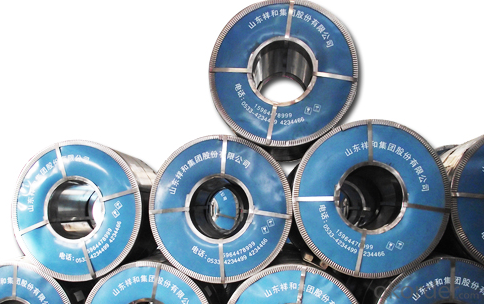Quick Details
Standard: ASTM
Grade: CS Type A
Type: Steel Coil
Surface Treatment: Galvanized
Application: Commercial steel
Width: 600-1534mm
Length: Coil
OKorder Service Pledge
OKorder Financial Service
You Might Also Like
Standard: ASTM
Grade: CS Type A
Type: Steel Coil
Surface Treatment: Galvanized
Application: Commercial steel
Width: 600-1534mm
Length: Coil
| Packaging Details: | Oscillated wound: one coil per bundle, inner is the protecting humidity-proof wax paper. Medium is plastic film. Outer is sackcloth or compound paper packing. Coil to be laid on single type pallet (one pile per pallet) |
|---|---|
| Delivery Detail: | Depends on specification and order quanity. |
l hot rolled coil/plate
l cold rolled coil/plate
l galvanized \ galvalume coil
l PPGI/PPGL
l Corrugated sheet (roof sheet, wall sheet, decking sheet )
l steel pipes( galvanized, seamless, welded pipe )
l profiled bars(H beam/ I beam/ Angle/ Channel/)
l steel structure warehouse
l steel products processing
Thickness | 0.16-0.8mm |
Width | 750-1250mm |
Zinc coating | 50-150g/m2 |
Type | steel coil |
Weight of each package | 3-5mt |
Technology | cold rolled |
Material | SPCC Q195 SGCC SGCH |
Standard | ASTM,GB,JIS,DIN |
ID | 508mm/610mm |
Price | FOB XingangUSD800-1200 per mt |
Packing | seaworthy export packing or mill's standard packing or as per client's request. |
Surface treatment | prepainted,galvanized,passivated,skin pass,bright finished,corrosion resistance.
|
What is the application of Steel Coil?
There are two sides,one is out side: Workshop, agricultural warehouse, residential precast unit, corrugated roof, roller shutter door, rainwater drainage pipe, retailer booth;the other is inside: Door, doorcase, light steel roof structure, folding screen, elevator, stairway, vent gutter.

Send your message to us
OKorder Service Pledge
OKorder Financial Service
Similar products
Hot products
Hot Searches
Related keywords